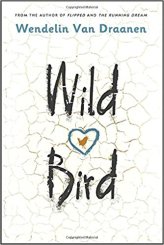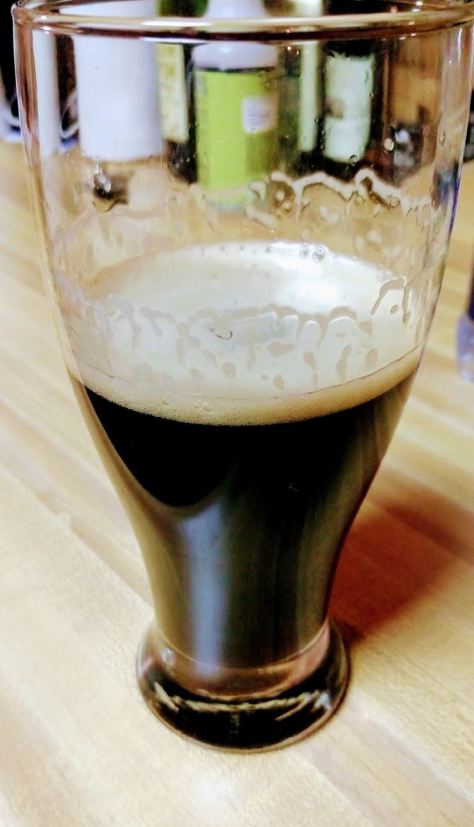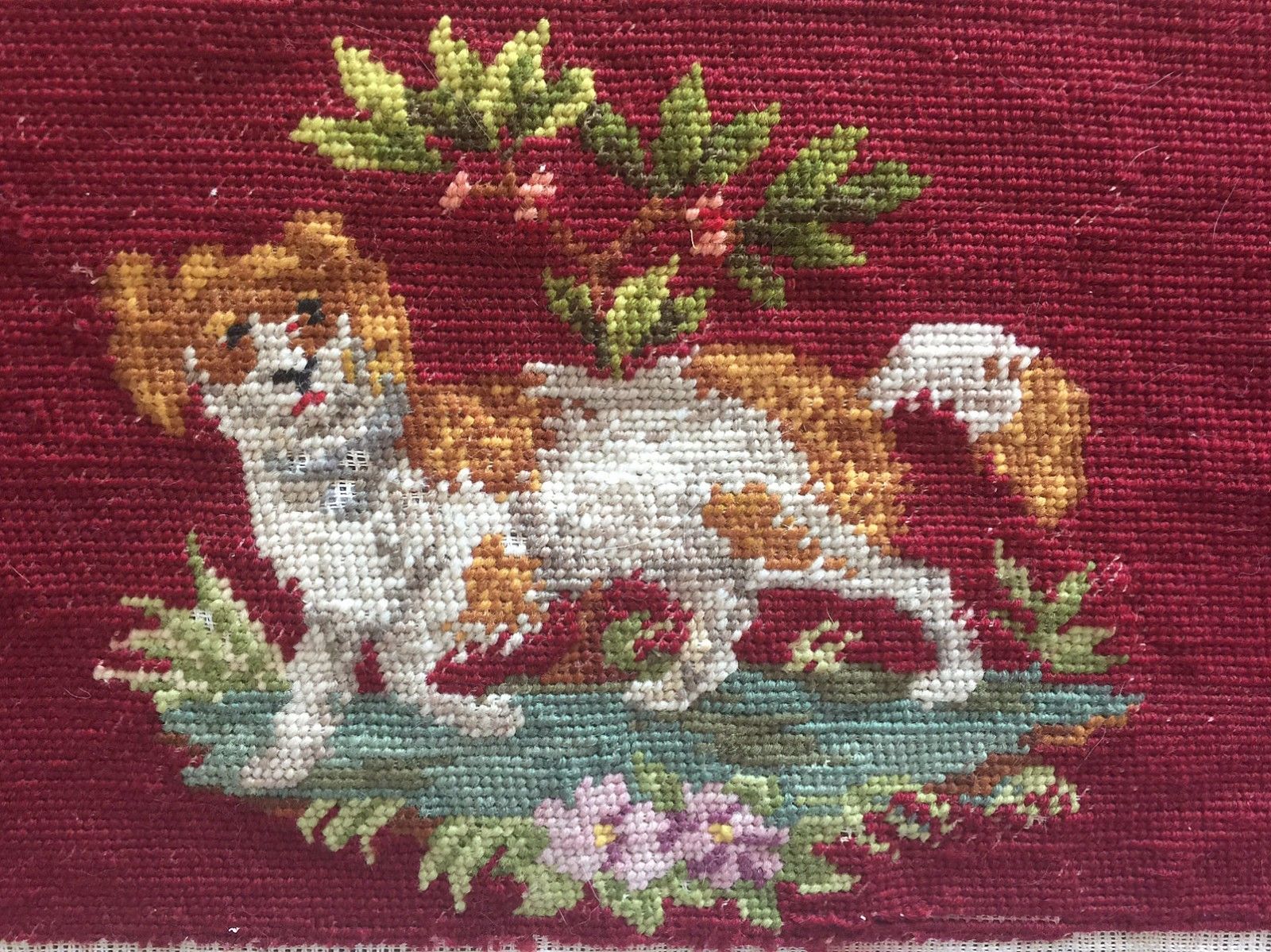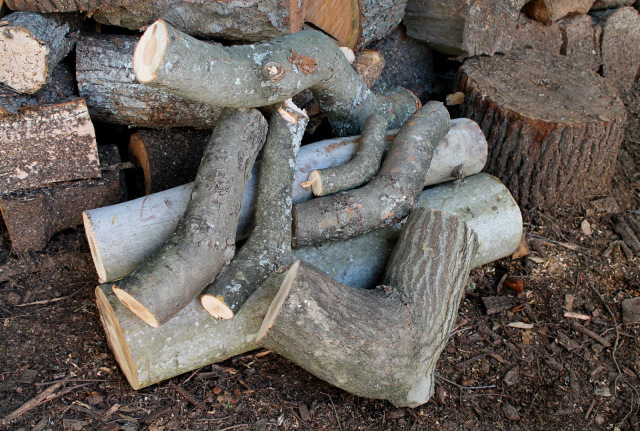
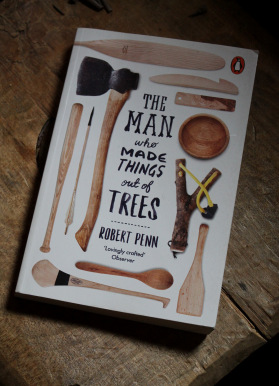 Not long ago, this book arrived in the mail, an unexpected and thoughtful gift from a friend. In it, Robert Penn writes of his experience of felling one ash tree in Herefordshire and having as many things made from it as he could. Among the dozens of things crafted are turned bowls by Robin Wood and a coracle frame by Malcolm Rees.
Not long ago, this book arrived in the mail, an unexpected and thoughtful gift from a friend. In it, Robert Penn writes of his experience of felling one ash tree in Herefordshire and having as many things made from it as he could. Among the dozens of things crafted are turned bowls by Robin Wood and a coracle frame by Malcolm Rees.
The book, The Man Who Made Things Out of Trees, is a tribute to the specific character and rich history of ash (all the more poignant due to the devastation caused by the emerald ash borer so evident on any walk through my neck of the woods as well). But the real scope of the book transcends ash. Not meant to be a how-to book, it incorporates history, mythology, biology, and more. The book especially explores the intimate connection between wood and those who make things from it and make them part of their lives. This concept was in Penn’s mind even in the planning stages:
“The simple story of one tree would be set in the present, but be about the past — about the ancient accord between man and ash. It might also stand as a work of advocacy for the future, I thought. We need to recalibrate our destructive impulse with respect to nature, with our needs….I also wanted to highlight something our ancestors implicitly understood — that the pleasure we take from things made from natural materials is an extension of the pleasure we take from nature itself.”
This feeling is all the stronger when we are able to work with a piece that we have gathered from nature ourselves, or maybe even from a tree that we’ve known well. I get logs and branches from all sorts of situations, and I sometimes don’t know exactly where the tree stood, but I more often do. In some cases, the tree is still growing. I have a spoon carved from a branch of a pear tree that is currently in bloom in our back yard.
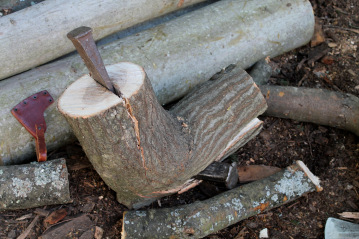 There is also pleasure in using parts of a tree that would have otherwise been discarded. You can often find such pieces in fallen trees or branches left behind from utility company trimming operations and the like. I collected these pieces in the top photo last weekend from treetops left behind at a logging site a couple miles up the road. Notice the big sharp oak crook at the bottom. I’m hoping there’s a cool bird in there.
There is also pleasure in using parts of a tree that would have otherwise been discarded. You can often find such pieces in fallen trees or branches left behind from utility company trimming operations and the like. I collected these pieces in the top photo last weekend from treetops left behind at a logging site a couple miles up the road. Notice the big sharp oak crook at the bottom. I’m hoping there’s a cool bird in there.
Larger bowls require larger logs, but good sections can often be found in trees that are otherwise undesirable for sawn boards. This bowl (in the slideshow below) that I just finished came to me as an offcut from a longer walnut log from a local sawyer. My son had just painted the fence, so I decided to use it as a background while it was still clean.
And trees can contain surprises, like the tight knot in this bowl. I included the eggs for scale — it was Easter after all.
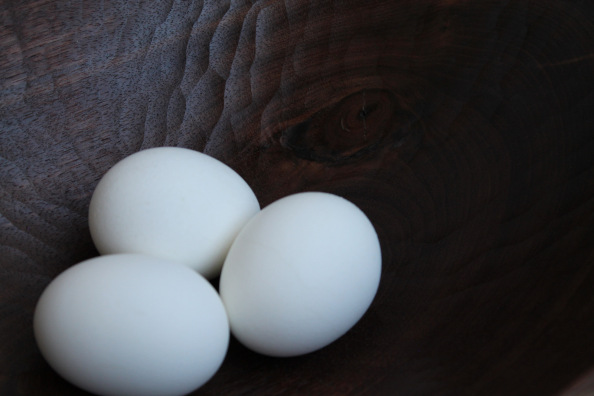
Advertisements Share this:


